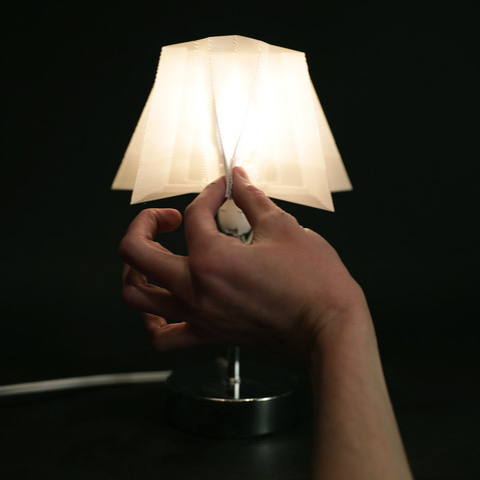Leveraging a 3D printer “defect” to create a new quasi-textile

Sometimes 3D printers mess up. They extrude too much material, or too little, or deposit material in the wrong spot. But what if this bug could be turned into a (fashionable) feature?
This is achievedby using the material properties to encode the textile form: specifically using the periodic gaps that emerge when not enough material is being used to print. The printer moves and prints the same as it would a solid, rigid sheet, but by leveraging the stringing behavior that occurs in thermoplastic filament we can encode small gaps that afford the stretchability and flexibility.
Criado/Created: 31-10-2020 [21:46]
Última actualização/Last updated: 09-10-2023 [15:52]

(c) Tiago Charters de Azevedo